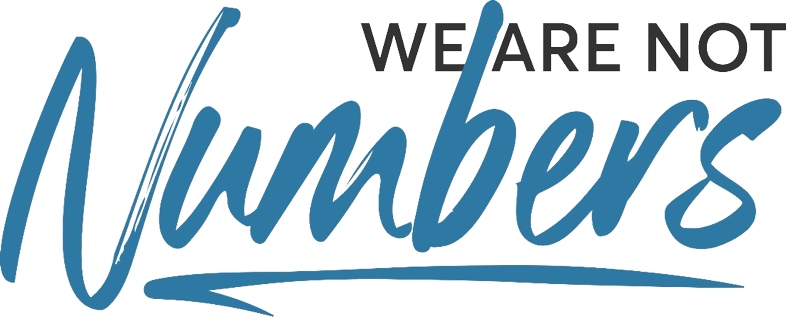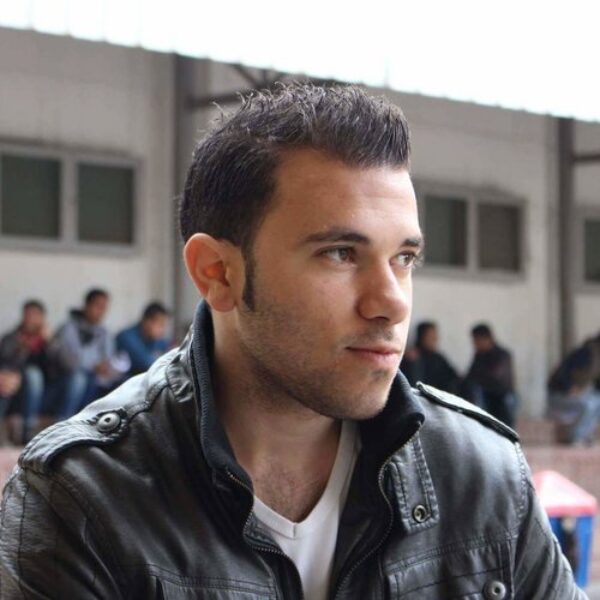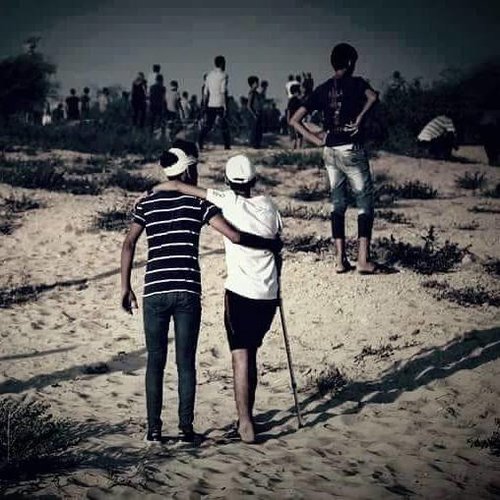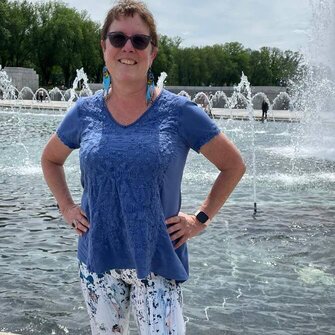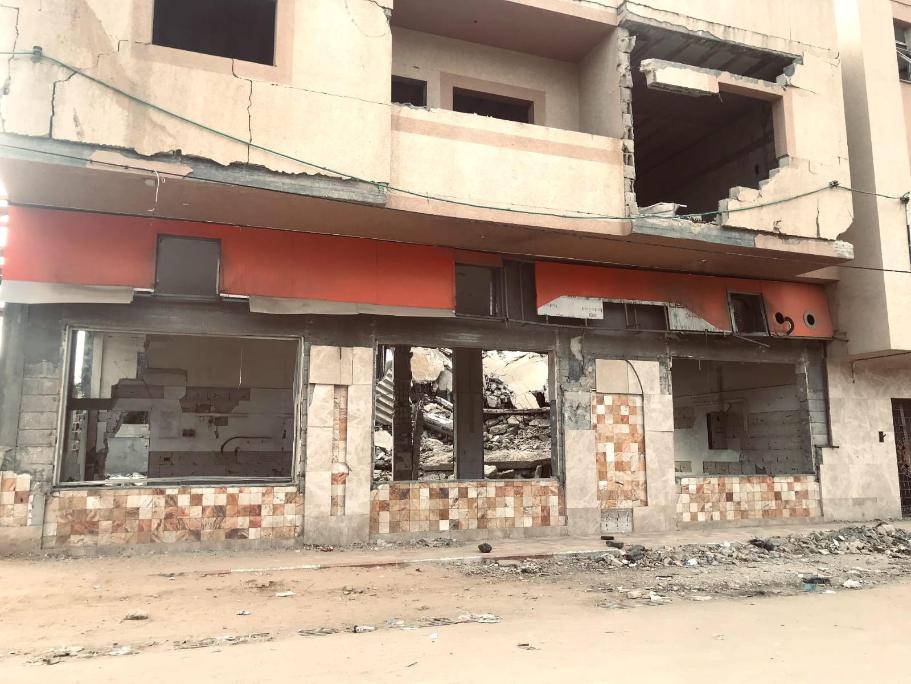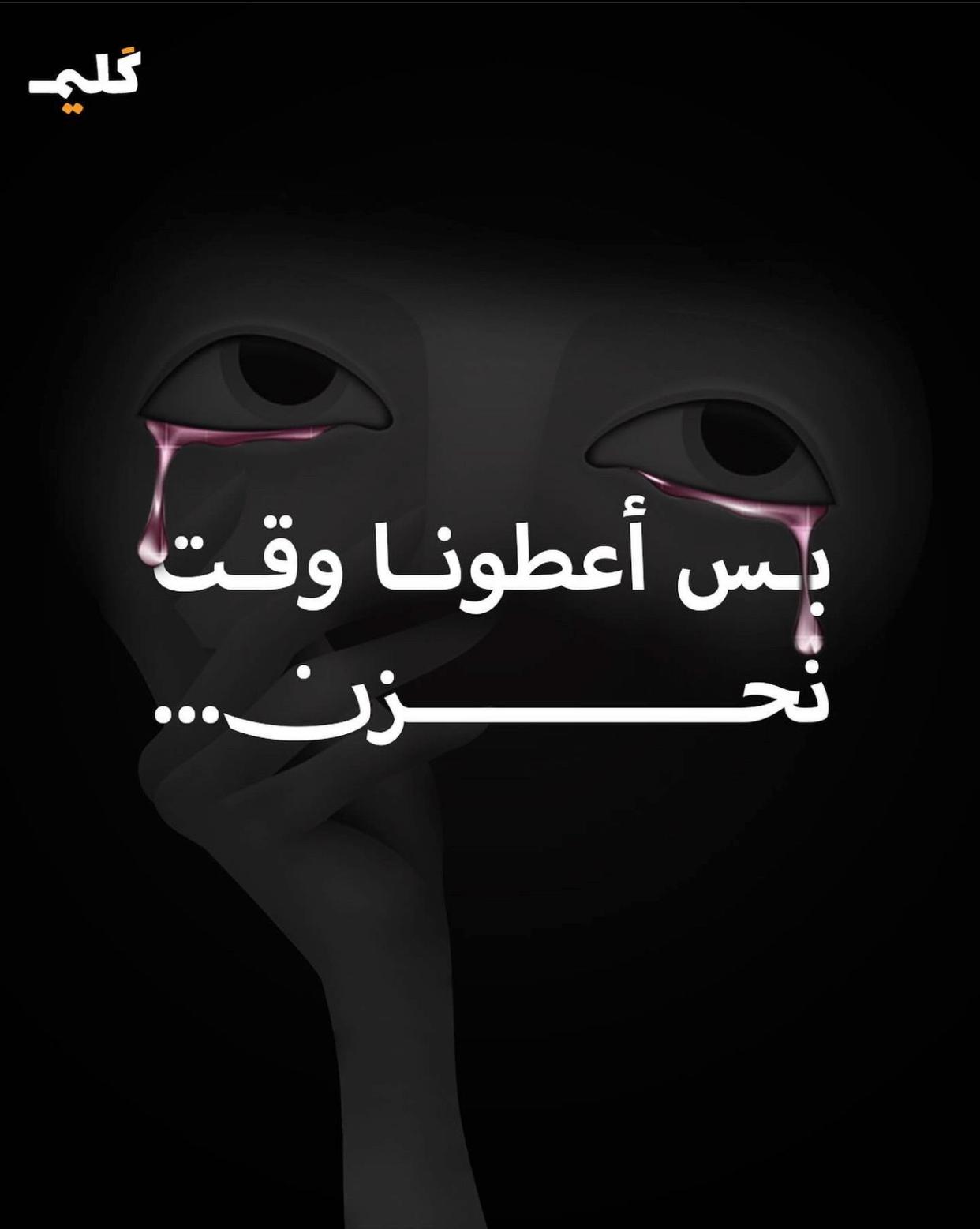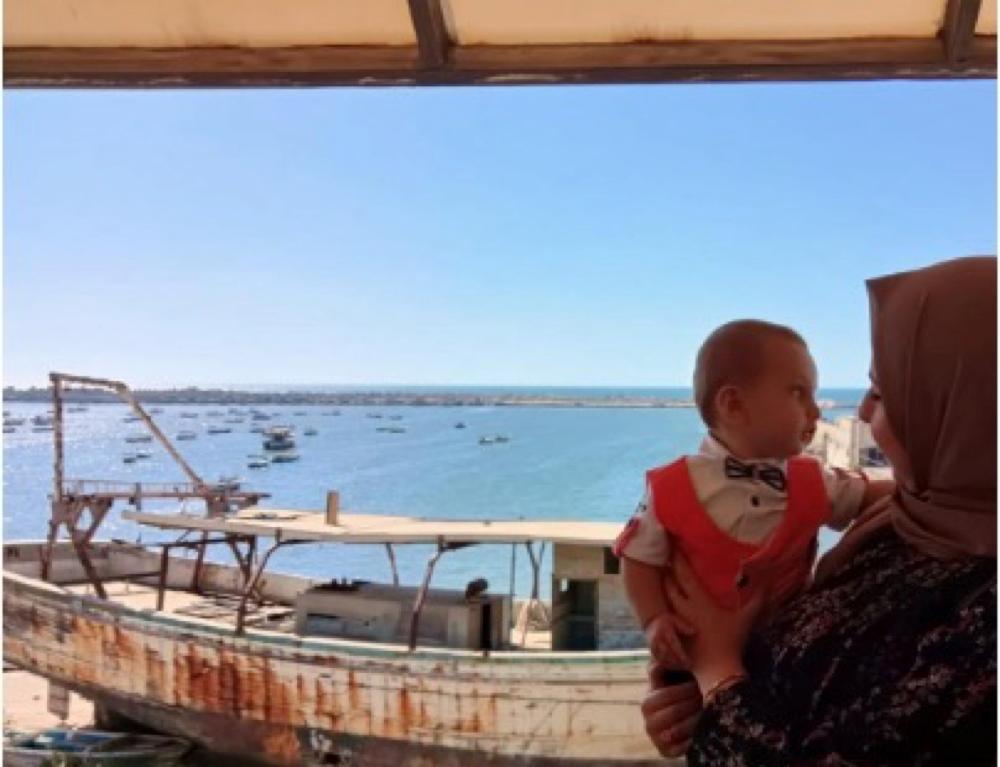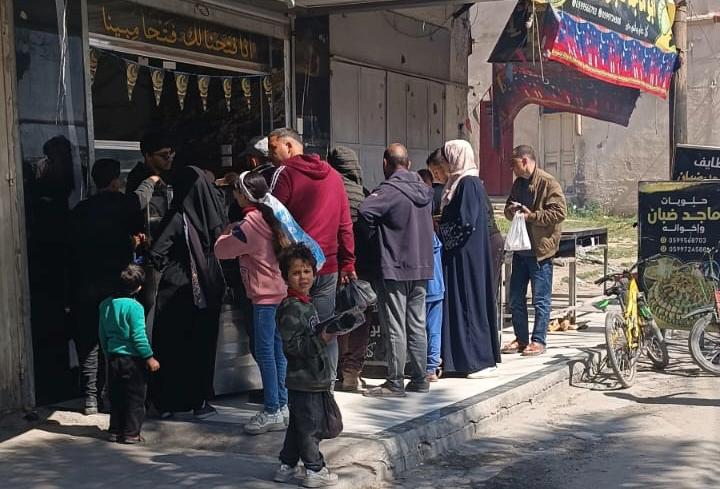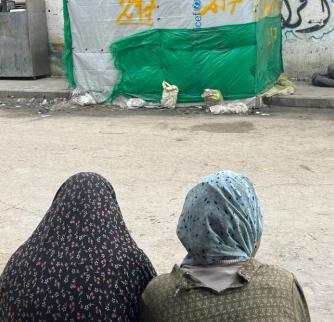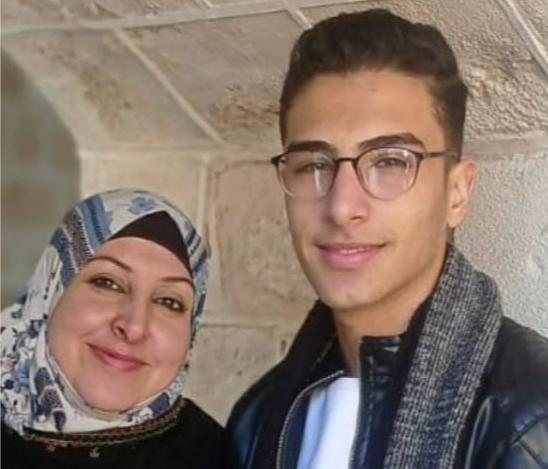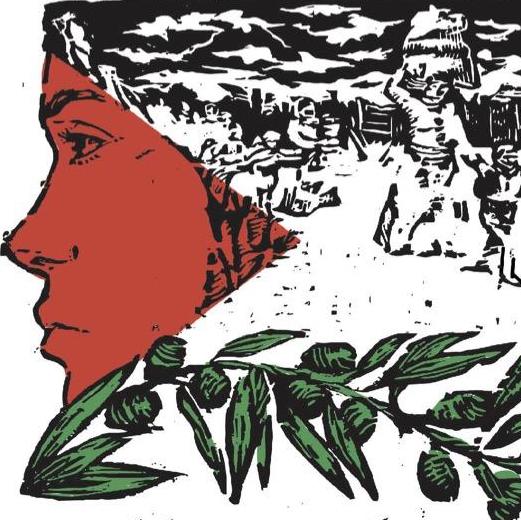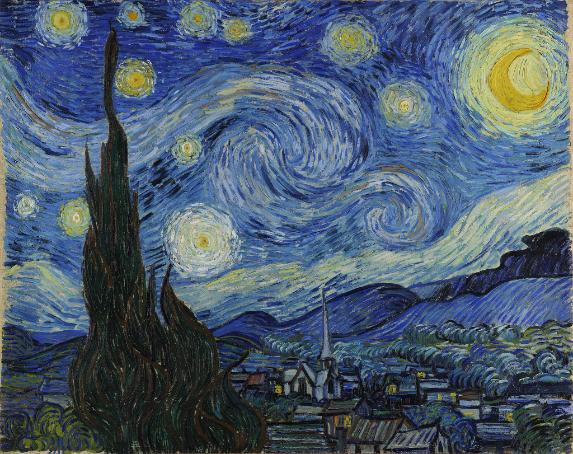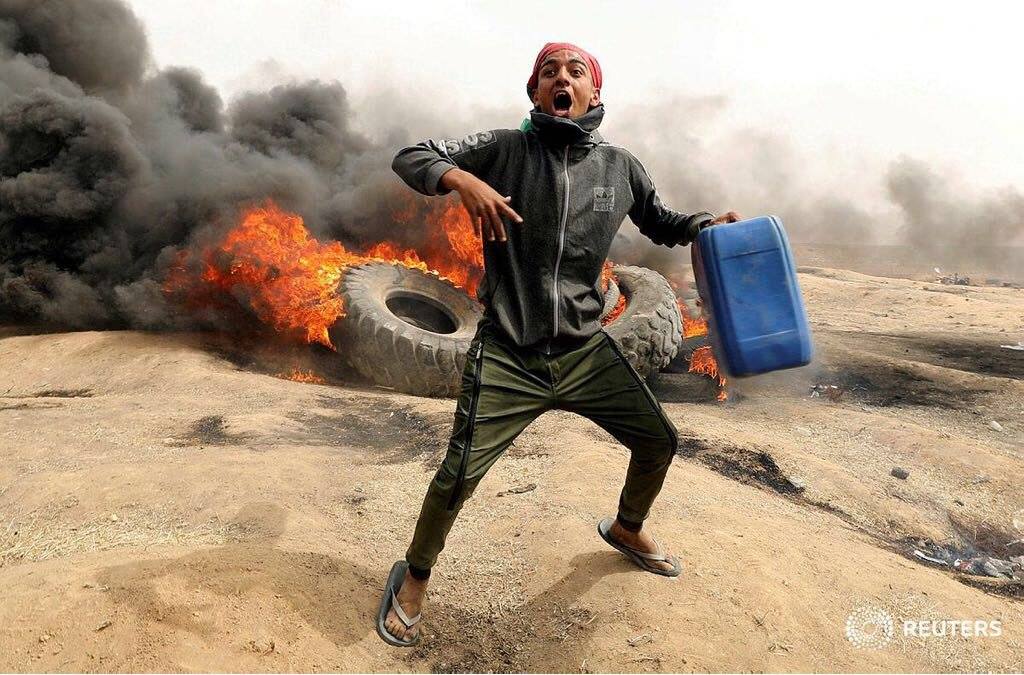
“We are a generation that has grown up under a bullying, occupying power. We are a generation deprived of a future that offers potential. We are a generation for whom a routine pastime is attending funerals. We are the generation who laughs to hide a river of tears,’’ says Ahmed Abu Maraheel, a 20-year-old Palestinian in Gaza who was hit by exploding bullets shot by Israel snipers in both of his legs during the Great Return March.
Among the numerous camps and communities of the Gaza Strip, there is the tiny, impoverished al-Nasser neighborhood in western Gaza City behind the Italian Tower, the 16-story apartment and office building that was struck by fighter jets in the 2014 Israeli assault—leaving only part of it standing. The neighborhood’s zigzagging alleys mirror the grim circumstances of the refugee residents who are mired in poverty.
Residents live in small, zinc-roofed boxes that almost crush against each other. Visitors making their way between them can clearly hear the chatter and smell the food inside. In the summer, inhabitants swelter in the blazing heat, since there is insufficient electricity to power fans or air conditioning. Likewise, during winter, children sleep bundled against the cold, with pots catching the that rain infiltrates through the gaps in their ceilings. The water from their faucets is undrinkable.
Most of the neighborhood youths are uneducated and jobless; they had to leave school, since their families couldn’t afford the expense. The older men, too, struggle to earn a living. Some work as farmers on other people’s land, others as gravediggers and still others fish—even though the Israeli navy stops their boats with guns before they can get to the waters where the big catches can be found.
It in the midst of this soaring poverty (every second person lives under the line) and unemployment (more than 70 percent among youth) that frustration and rage simmer among the neighborhood’s teenagers and young adults. It is a lack of hope and a longing to live in dignity and freedom that drives almost all of them to participate in the Great Return March protests along the border with Israel that launched March 30. How can they have hope, they ask, when the world’s main superpower, the United States, just recognized Jerusalem, the “beating heart” of Palestinian culture, as the capital of Israel and then cut all funding for the UN agency charged with assisting Palestinian culture?
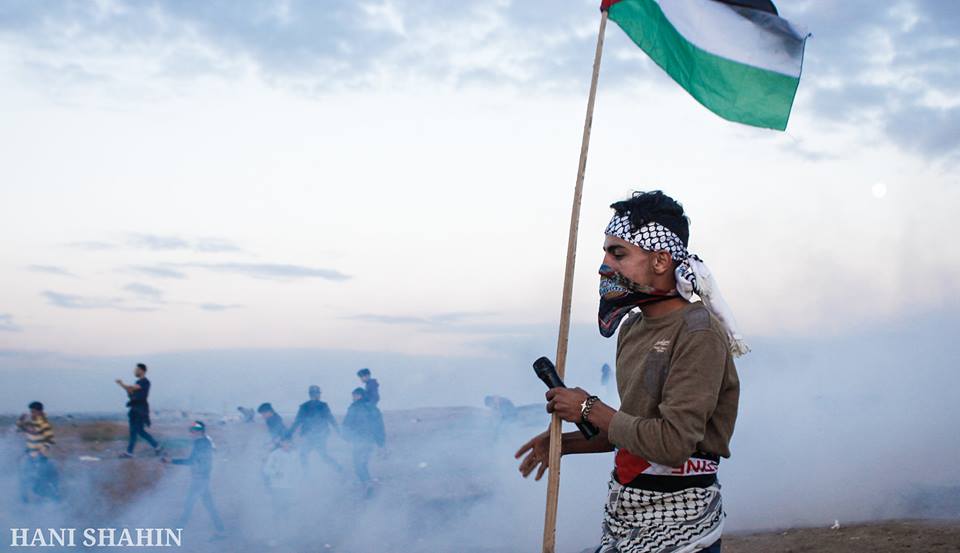
The ringleader
Ismail Ghabin, 17, dropped out of high school a year ago because his father could not afford the fees and has not been able to find employment. The amount of time he spends participating in the march in Malaka, a small community on Gaza’s eastern border with Israel, has made him famous among the local youths—along with his fierce patriotism and fearlessness.
“When I heard the news of Trump's announcement on Jerusalem, I literally wept. I felt I had grown old before my time,’’ Ghabin recalls. “Jerusalem owns my heart and mind. Since I was a child, my utmost dream in my life has been to visit this holy place, to see it with my own eyes. And now it's become out of reach. I will not give up protesting by the fence unless Trump reverses his declaration. Even if it costs me my life."
Ghabin has participated in the protest every Friday, going right up to the Israeli border fence to light tires ablaze to obscure the sight of the snipers and to otherwise attempt to save people’s lives. He carries a megaphone, chanting to encourage the other protesters to keep surging forward. On September 10, Ghabin was hit in the skull by a teargas canister. He required six stitches and suffered a concussion. But he’s still alive—for now.
Unlike older generations of Palestinians who led the two intifadas (the first one erupted in Gaza in 1987 and the second at the al-Aqsa Mosque compound in Jerusalem in 2000), today’s youth in Gaza had not experienced such open resistance. The 2018 Great Return March is an unprecedented experience for Gaza youth. The blockade that followed Israel’s removal of its settlers from the Gaza Strip in 2005 fenced off Ghabin’s generation from the world outside and prevented them from directly confronting Israeli soldiers, much less other Jewish Israelis. Gaza’s youth today only saw Israeli warplanes and tanks—that is, until the Great Return March.
Now that they have been exposed to their oppressors up close in the protests, large numbers of young adults are eager revive the experience of the previous intifadas, following in the footsteps of their fathers; despite the steep human toll (197 killed and 11,500 injured). they believe uprising can force change. Although the protests are intended to be peaceful, the youths’ immense amount of anger can’t be controlled. Contrary to claims in the media, their hurling of stones, burning of tires and Israeli flags, and occasional tossing of Molotov cocktails are their own decisions, not directed or organized by Hamas and other factions. And they are not limited to young men. Even girls are seen at the front lines, although not to the same degree.
The dreamer
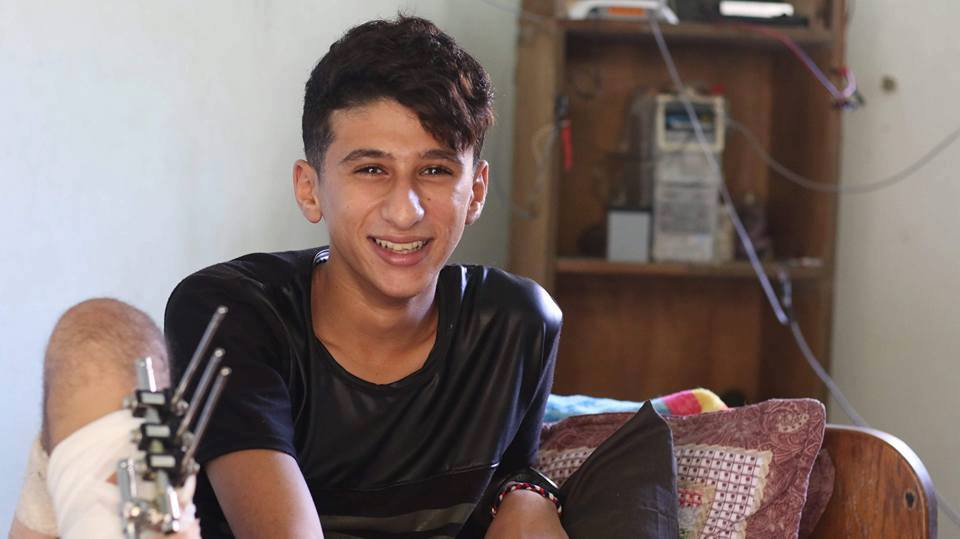
“I feel so happy when I raise a flag or a burning tire just a few meters from Israeli snipers,” says Hussain al-Awoor, also 17 and Ghabin’s best friend. “I’m not a necrophiliac or a death seeker, but it’s my first time to feel freedom and breathe what feels like life. There is something dragging me there [the front lines of the protest]. The first time I ventured near the fence [between Gaza and Israel] and got a glimpse of our ancestral land, my heart jumped a little. The Israeli soldiers and tanks reminded me of our how that land had been stolen, along with the sight of the tent encampments set up by the elderly, sitting with their crutches behind the front lines. To me, those old men symbolized what happened to my grandfathers in the 1948 dispossession [when Israel was created].’’
As with Ghabin, Awoor left high school to try to work and earn his living. Although his father forbade him to go with his neighborhood friends to the border, since the elder man knows how reckless his son is, Awoor goes anyway, behind his back.
“I can’t sit by when I see dozens of my friends in the neighborhood go together to the march,” he shrugs.
On the deadly May 14—when 52 of the protesters were killed and more than 2,400 wounded, making it the bloodiest day of the march—everyone in the neighborhood predicted that Ghabin would be killed or injured. Instead, it was Awoor who was severely injured, along with a third resident in the neighborhood, Bader Eldein. Awoor was hit by an exploding bullet in his leg, just three days after barely escaping death when a bullet whizzed past his head, hitting instead the bulldozer tire he was wheeling. Today, his leg is held together by eight platinum rods.
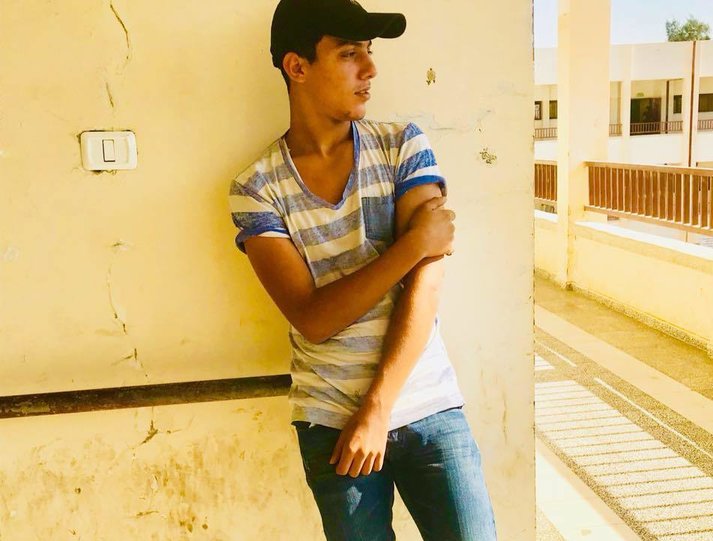
The medic
Bader Eldein, 18, sells cigarettes in the streets when he returns from school to keep his family afloat. He decided to participate in the protest as a volunteer medic, enrolling in three first-aid training courses. He is credited with offering life-saving medical treatment to dozens of people, including his friend Abed al-Rantisi, a fourth resident who was hit by a bullet in the leg about a week before that fateful May 14.
Bader was standing that day far from the fence, observing and keeping an eye on a group of youths whom, he said, he was afraid would be targeted at any moment. They were laying on the ground very close to the fence, known as the “zero zone.” His instincts were correct. Suddenly, Israeli soldiers opened fire at the group, hitting six.
“It was a heinous moment. I saw a bunch of bodies on the ground, while the others began running helter skelter in all directions,” Bader recalls.
At first, Bader hesitated. The excessive force sent a clear message. However, he resolved to rescue them. He heard the Israelis shouting, “Don’t move! Get back!” But he proceeded forward with his medical bag. He was hit by a bullet in his leg in response.
The black boxer
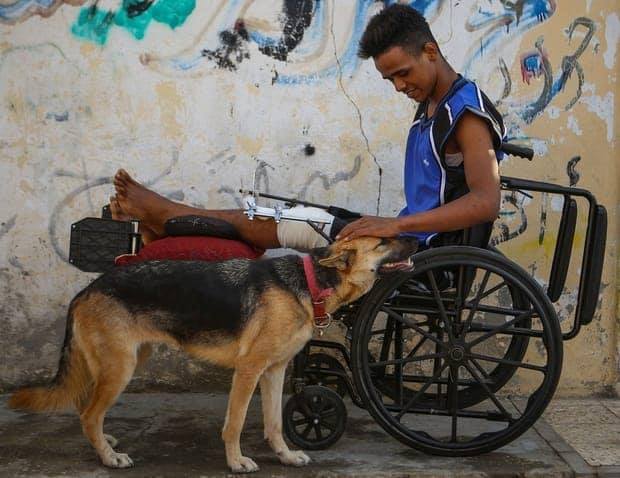
Ahmed Abu Maraheel, slightly older than the others, at age 20, is the Bedouin among the friends. Known as “the black boxer,” he is fond of the American Muslim boxer Mohammed Ali. His dream is to represent Palestine in global boxing championships. Maraheel began boxing when he was 16 and in spite of his youth, won three championships in Gaza. He also is a football [soccer] player and a performer of the dehiya, a Bedouin dance similar to the Palestinian dabka. He is a member of the widely acclaimed Gaza team called Al-Asayel [“original”].
Maraheel is used to challenges; he had been accepted into two global boxing contests but was banned from leaving by Israeli authorities. So, he joined his neighbors at the frontlines of the march—and was “rewarded” with three injuries. On the second Friday of the protest, April 6, he was shot with a rubber-coated bullet in his stomach. In May, he was hit with two teargas canisters, inflicting wounds in both legs. His worst injury occurred June 8, when he was hit in the legs again, this time with two exploding bullets, causing severe damage.
Four platinum rods have been inserted into his right leg to hold it together and two in his left. He was told by his doctors that some bones were literally missing, and he needed urgent surgery abroad to remove the remaining bullet fragments from his right leg. He was approved to travel to Turkey, but once again Maraheel was banned from traveling, this time by Egypt. It wasn’t until December 22 that he finally was allowed out.
“I’m happy the Egyptian authorities finally let me in, but what saddens me is that I traveled to receive medical treatment, not to fulfil my dream to compete on behalf of my country,” he says now. “But I will not give up; I will continue my boxing training even if I have my both legs amputated.”
Today, Maraheel indeed continues to practice boxing—but from a wheelchair. He trains regularly with his team’s captain, who visits him three days a week.
The angry daredevil
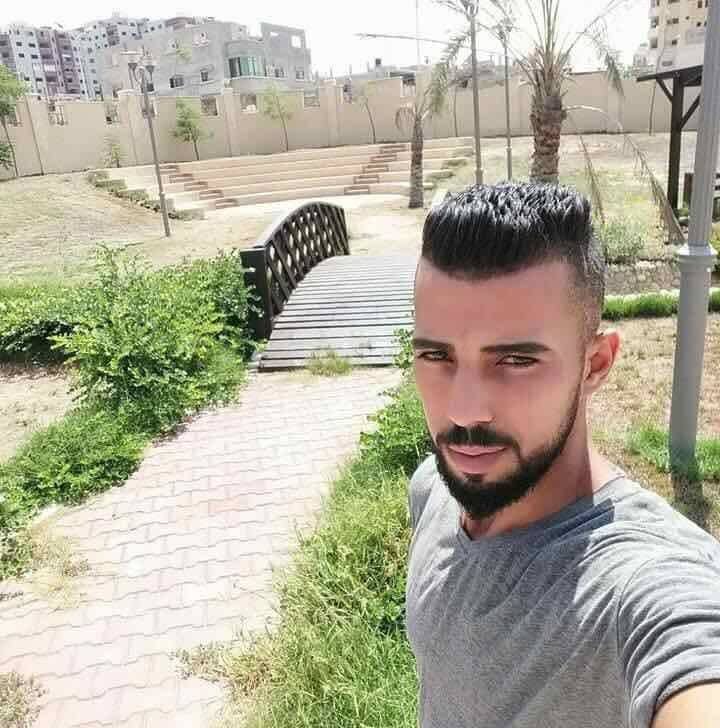
And then there is the story of 25-year-old Ahmed Yaghi, another neighborhood resident, but a loner.
“Although Ahmed’s house is just a few meters from mine, I never knew him. I only saw him at the march. Wherever I turned at the border, I saw him. He was always there, around the clock,’’ Ghabin says.
Yaghi was a member of the al-Aqsa Martyrs Brigades—the armed wing of the Fatah political party, an opponent of the ruling movement in Gaza, Hamas. He was consumed by anger at the pointlessness of life. Any TV footage usually showed him at the very frontlines of the protest, cutting and dragging at the fence with his bare hands, wheeling burning tires and throwing Molotov cocktails. Every Thursday, Ahmed prepared his Molotov cocktails to throw the next day near the fence. His father repeatedly begged him not to get so close. But Yaghi was stubborn.
“I had no idea what he did at the march,” says his father, Yehya. “He was secretive. But many people told me they saw my son doing reckless thinks at the zero zone.”
One of Yaghi’s few friends, who preferred not to give his name, adds, “Ahmed’s demand was to live like other people around the world, in dignity and freedom. But the tyranny he and everyone else suffered wiped away his ambitions. That was what drove him to become a martyr. He was unemployed and desperate and saw the Israeli occupation as the culprit.’’
Yaghi’s determination to be the first to confront the Israeli snipers cost him his life. He was killed August 3. His family wasn’t surprised when they received the news of his death, since they had been predicting this development every Friday.
“I’m proud Ahmed was one of my neighbors. I don’t think I’ve ever known a more courageous and magnificent guy than him. I saw him many times infiltrating the fence, prepared to sacrifice his life to protect his people,” Awoor says now.
Thousands of mourners from all of Gaza regions marched in the funeral of Ahmad Yaghi.
One year later after the launch of the protests, the number of regular participants in the Great Return March has declined as the physical toll mounts and no change is achieved. To date, one of the youths of al-Nasser has been killed and 12 wounded. But they still venture to the border.
“Despite the excessive, lethal force used by the Israeli soldiers against us, we will never be deterred or intimidated,” Ghabin insists.
